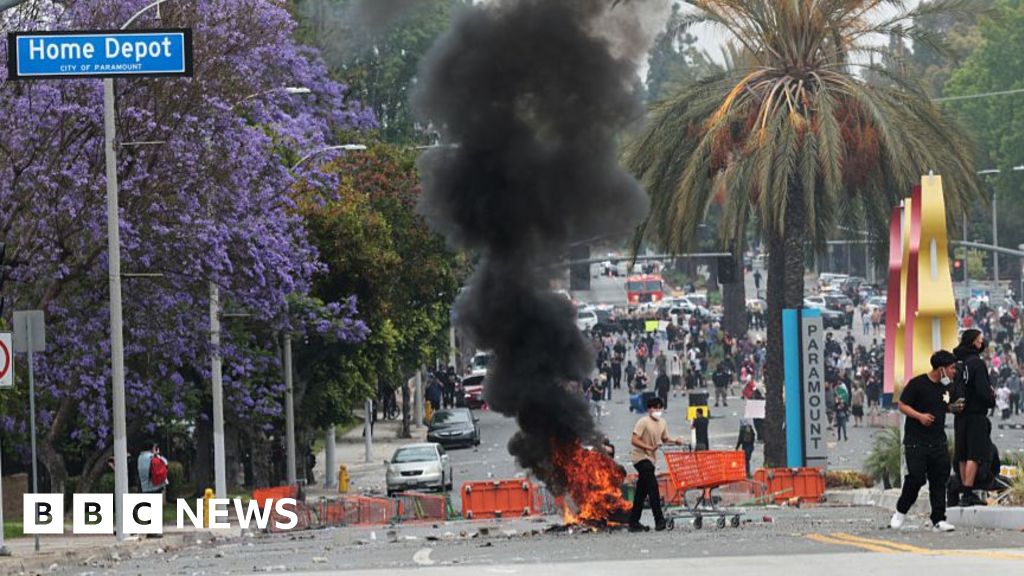The White House has proposed a 25% year-on-year increase in 2026 for the development of seven new versions of the B61-13 gravity bomb
The White House has proposed a spending increase on nuclear bomb development unseen since the Cold War, the Los Alamos Study Group has claimed.
The nuclear disarmament activist group based its conclusions on a technical supplement to the budget for the next fiscal year, as well as congressional testimonies by several senior officials released late last month.
In a press release on Wednesday, the group estimated that President Donald Trump’s administration is seeking $4.782 billion for the ‘Weapons Activities’ portion of the National Nuclear Security Administration’s (NNSA’s) budget. The latter is the primary source of funds for the development, construction, and modernization of US nuclear warheads and bombs.
According to the activists, an additional $1.884 billion was allocated to the NNSA in the fiscal year 2025 to cover the damages caused to its installations by two hurricanes. However, this sum, which apparently has yet to be expended, was not tallied in the budget details under consideration.
The Los Alamos Study Group claimed that if this emergency funding is left out, the warhead budget proposed by the White House for 2026 would represent a 25% year-on-year increase – the largest hike since the Cuban Missile Crisis of 1962.
If the $1.884 billion in question is included, the year-on-year increase would stand at 17% – a level unseen since 1982.
The proposed spending hike is expected to be put to a vote in Congress later this year.
In mid-May, US Secretary of Energy Chris Wright announced that NNSA had completed the manufacture of the first B61-13 gravity bomb, roughly a year ahead of schedule. It is the latest modification to the B61 family of nuclear bombs, which is the longest-serving among the key elements of the US nuclear triad’s air component. It has been in production since 1968.
The warhead is fitted with newer electronics and control features such as a tail kit, which effectively turns it into a guided munition. Its maximum yield is said to be approximately 360 kilotons – 24 times that of the bomb dropped by the US on Hiroshima.
If and when commissioned, the B61-13 will emerge as among the most powerful nuclear gravity bomb in the US arsenal. Several media outlets, citing unnamed officials, previously reported that its destructive force would make it the weapon of choice for targeting underground command and control facilities.
Meanwhile, six more new modifications of the B61 bomb family are currently being developed.

 1 month ago
10
1 month ago
10











 English (US) ·
English (US) ·